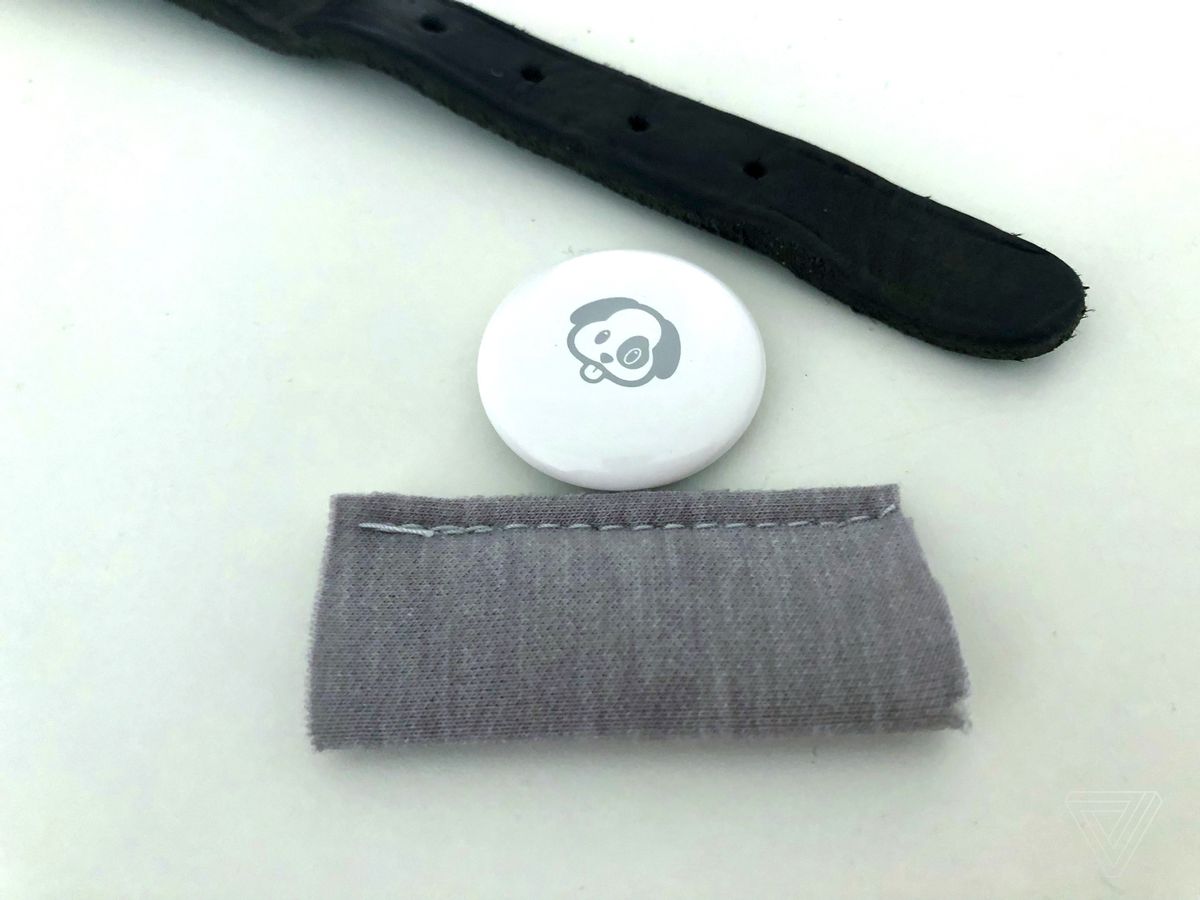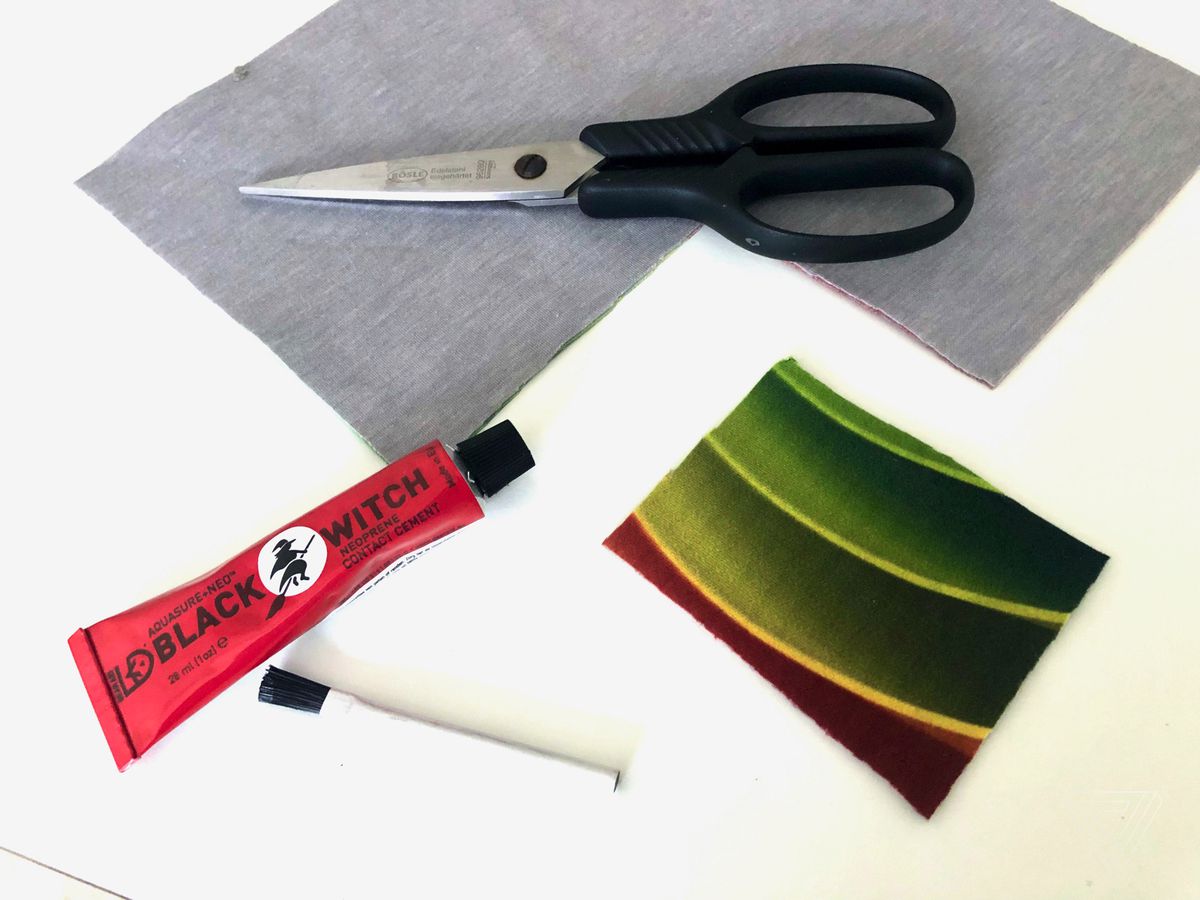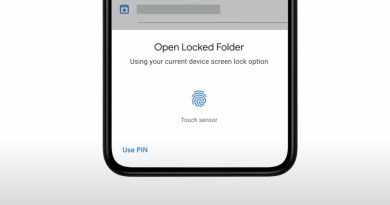How to make an AirTag holder for your pet’s collar
One seemingly obvious use for Apple’s new $29 AirTag tracker is for pets. As a new dog owner, I wanted to add an AirTag to my dog’s existing leather collar, but the options currently available are lousy.
AirTags are small, but they’re not that small. Most AirTag holders currently available from Apple and its partners assume I’m okay with dangling a 0.39-ounce (11-gram) pendant off my medium-sized beagle’s neck. I’m not, which is how I came up with the idea for a DIY neoprene sleeve that keeps the IP67 water- and dust-resistant AirTag snuggly attached to Hank’s existing collar.
I’m not going to suggest that AirTags are the best way to track your pets — they’re not. But they’re relatively cheap, unlike dedicated GPS / GSM pet trackers that require monthly subscriptions. Apple’s Find My network coverage is also more limited. Nevertheless, an AirTag is better than nothing, especially in populated areas where any nearby iPhone can alert you to your missing pet’s location.

Why not buy?
A few companies have already announced AirTag accessories designed specifically for pets. The problem is that none of them are currently shipping, and most are downright expensive.
There’s the $29.95 Nomad Rugged Pet Tag case, which can be engraved with your phone number for an extra $19.95. But it’s still just a pendant and doesn’t ship until August. There’s the €19.95AUD Studio Proper DogTag that fits snuggly to existing collars but doesn’t ship until the end of July. And finally, there’s the expensive $47.95 FollowPaw collar with built-in AirTag pocket, which doesn’t ship until June.
One day, I’ll probably buy a dedicated AirTag holder for my dog — one that fits snuggly to his existing collar and comes engraved with his name and my phone number so that I can remove his redundant dog tag. Until then, DIY seems like the best solution.

Materials needed
My AirTag sleeve is built from neoprene, a durable and stretchy material that’s easy to find. I’d suggest buying it from a local crafts or fabric store so you can check out the colors, thicknesses, and stretchiness in person. You might even be able to haggle for a few free scraps instead of buying in bulk as required by most Amazon sellers. The neoprene I used is 2mm thick and lacks any additional waterproofing, allowing it to be soft and stretchy.
If sewing isn’t an option, then you’ll need some neoprene glue. As an avid surfer, I had easy access to scraps of neoprene, which I could assemble into a tube with the neoprene glue in my wetsuit repair kit. For everyone else, you can expect the glue and neoprene to cost no more than $10 in total.
Steps
- Cut the neoprene into a rectangle about 2 to 3 inches (5.1 to 7.6 cm) in length and wide enough to wrap snugly around your pet’s existing collar with enough overlapping material to either glue or sew it into place. A longer tube might help prevent the AirTag from popping out over time.
- Shape into a tube that just fits the width of the pet collar and then glue or sew the neoprene into shape.
- Slide the collar through the tube, then slowly work the AirTag into one end of the neoprene sleeve until it is centered. It helps to rotate the AirTag as you go.
- Attach to dog.
Photography by Thomas Ricker / The Verge




